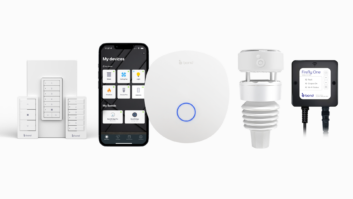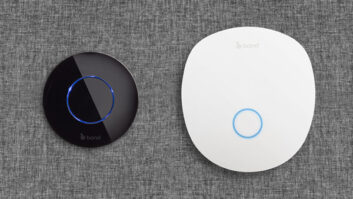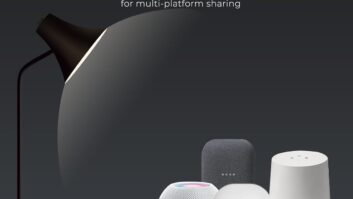Digital Video Recorders (DVRs) make us smarter. They do this by allowing us to maximize the value of our TV and video experience.
Yet as more and more Americans discover this unique, new “smart” box, a lack of consumer education and traditional market economics suggest the creation of a new DVR digital divide. Put shortly, for a service this valuable, it should not allow for those with the wherewithal to get smarter and yet those without the means to be left behind.
How then to educate consumers to the value of the DVR revolution, while making this pivotal tool available to all levels of the mass market?
It is interesting to note the early objections of one of America’s leading telecom executives, Comcast CEO Brian Roberts, when he first encountered the forthcoming DVR revolution. Because of a preference for Video-On-Demand (VOD) — which only a two-way system like cable can truly offer — and concerns about Digital Rights Management (i.e., piracy), Roberts clearly touted his preference for VODs over DVRs as recently as 2000.
Yet, to his credit, when he saw the best that DVRs could offer to both his subscribers and his company, Roberts quickly adjusted his thinking and began implementing new in-house VOD-DVR solutions in given neighborhoods nationally. And beginning in 2006, Comcast will also offer TiVo-branded DVR hardware and software. That will grow the DVR experience for Comcast and its 22 million-plus subscribers.
Together with the other service providers in the multichannel Pay TV market – satellite and telephone video providers included – more and more consumers will hear about and experience the DVR phenomena.
Projections by various broadcast analysis companies suggest that DVRs will penetrate as many as half of the 110 million U.S. TV Households (TVHHs) by the end of this decade. So the word will reach many.
But this begs the question: What about the other half of Americans who do not acquire DVRs, a half made up of almost 55 million TVHHs?
Recently, Senators Byron Dorgan (D-ND) and Gordon Smith (R-OR) introduced federal legislation to help accelerate the build-out of broadband to rural America. If the law is passed, cable operators would have to pitch in a portion of their cable modem revenues to subsidize the delivery of universal broadband. Currently, only libraries and schools receive financing to help with the roll-out of broadband.
In a similar vein, one wonders if libraries and schools should be the first to receive help with the purchase and universal roll-out of new, multichannel service connected DVRs? Or is the single family TVHH the better target? Not unlike the telephone subsidies of many decades past, the “have” consumers could be asked to pay into a Universal DVR Service Fund, whereby the “have nots” could utilize in-home DVRs, as well.
Would a corporate giveaway, similar to that of Apple Computer in the 1990s, coupled with large tax incentives, be a solution for deployment of DVRs into America’s educational institutions? Or might wealthy individuals across America aid their communities by simply donating a DVR and a digital multichannel TV service to these same institutions? In short, shouldn’t this tool, permitting so much more brainpower, be available to a greater public base than simply those that can readily afford it?
For all its power to enhance America’s intelligence quotient – especially in an ever more dominant Video Age, which is quickly replacing an earlier Reading Age – the DVR revolution is worth introducing en masse to all levels of American society.













